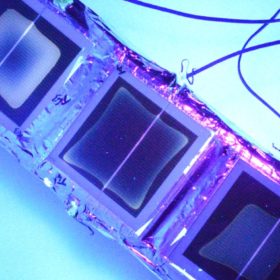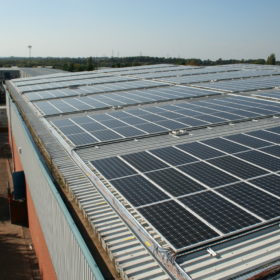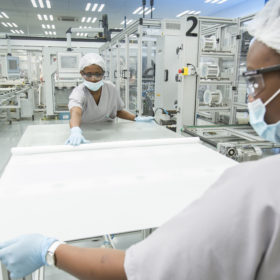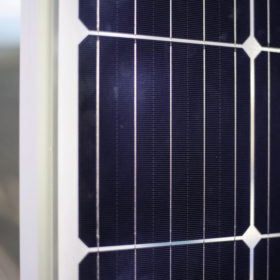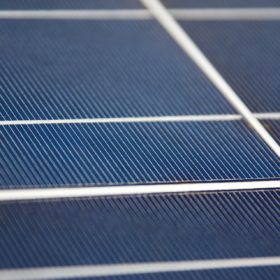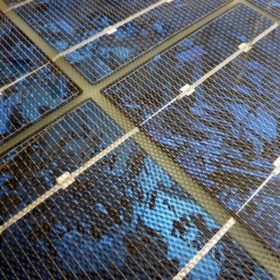Identifying early-stage discoloration in EVA encapsulants
A new, non-destructive method has been proposed by researchers in India who say identifying early-stage discoloration in EVA encapsulants can help detect degradation in solar panels before power output is affected. The scientists used an ultraviolet accelerated aging test during 34 days on three encapsulant samples.
Study of 100,000 arrays finds proactive O&M preferable
The US National Renewable Energy Laboratory examined five-year data to observe the most common system failure points and how to prevent them. Researchers considered residential, commercial and utility scale plants and found interesting results. While failures cannot be avoided completely, a key takeaway was that close monitoring and timely repair can effectively mitigate the financial effects of failures.
The best string configurations to avoid mismatch losses from rooftop PV shading
Researchers in Pakistan have evaluated the impact of shading on inverter set-ups to assess PV system performance. Tests were conducted on a 51 kW system featuring SMA inverter topologies but the researchers say the findings could be applied to products from other manufacturers. The results showed the number of maximum power point trackers is important but levelized cost of energy calculations are also crucial to selecting the right inverter configuration.
Module manufacturer responds to rumors of panel failures at 75 MW South African project
Reports of module under-performance at the Mulilo Sonnedix Prieska solar project have prompted a response from South African company Artsolar, one of the module suppliers for the plant. The project is said to be experiencing serious problems due to premature module degradation. Divian Govendar, CEO of Johannesburg-based Artsolar, said the company has not been required to replace any modules at the site.
Reports of backsheet failures at 75 MW Mulilo Sonnedix Prieska solar farm in South Africa
The South African project is reportedly experiencing serious problems due to premature module degradation. Claims of extensive backsheet failure have emerged and it is said widespread module replacement will be required. The modules used in the project were supplied by Chinese manufacturer BYD and South African producer Artsolar.
Preventing LID in a 23.83% efficient Longi PERC cell
Australian researchers have unveiled hydrogenation technology to reduce light and elevated temperature-induced degradation in Czochralski silicon PERC solar cells. The developers say the process can minimize degradation without sacrificing performance in cells and modules.
Solar NGO Electriciens sans frontières awarded Zayed energy prize
The French non-governmental organization, which provides solar kits to refugee camps and disaster affected communities, won the energy category of the 12th Zayed Sustainability Prize. The award will bank Electriciens sans frontières $600,000.
UK researchers confirm correlation between micro-cracks and hot spots in polycrystalline cells
A research team from the University of Huddersfield used electron microscopy to analyze micro-cracks in 4,000 polycrystalline silicon solar cell samples. The results showed power losses may vary from 0.9-42.8%, and increased temperatures due to micro-cracking may favor the formation of permanent hot spots in the cells.
US scientists claim clear-sky irradiance model provides better results for module testing
Researchers at the American Institute of Physics have used the clear-sky irradiance model developed by the National Renewable Energy Laboratory to measure the degradation rates of solar panels at a testing field in Germany over five years. The scientists say the model, when combined with real-world data, offers an efficient tool to evaluate the aging of PV technology.
LBIC: Seeing solar’s potential
Digital imagery with laser lights has been used to measure a solar cell’s performance for some time now through a process called light beam induced current (LBIC) mapping. However, due to the serial nature of image processing, it hasn’t been easy to do quickly. Danish start-up InfinityPV says it has employed a method that will expedite the LBIC speed by more than 10 million times.
